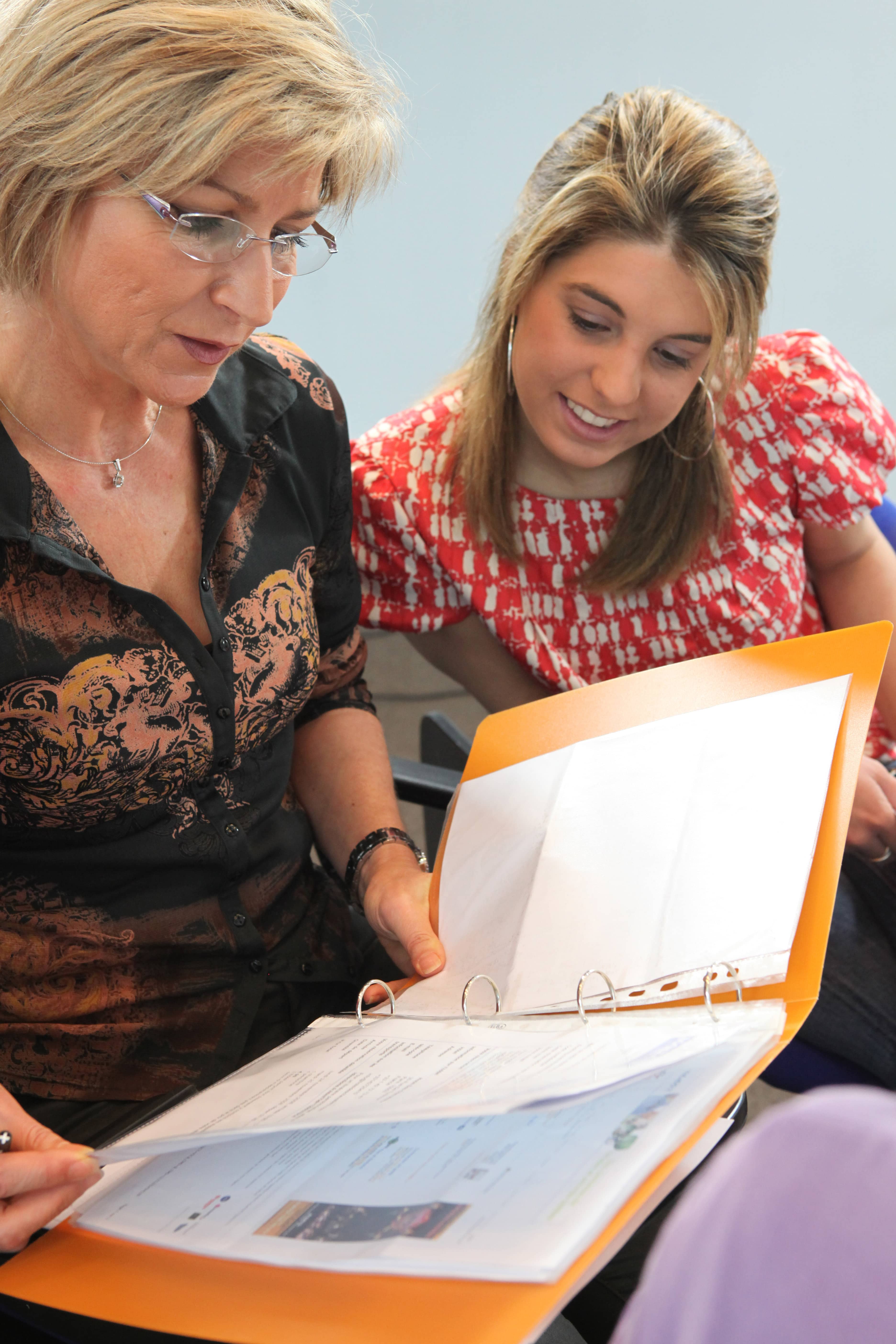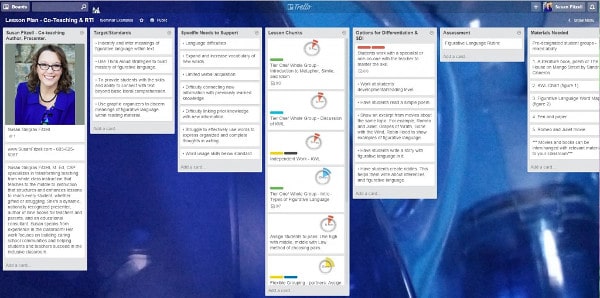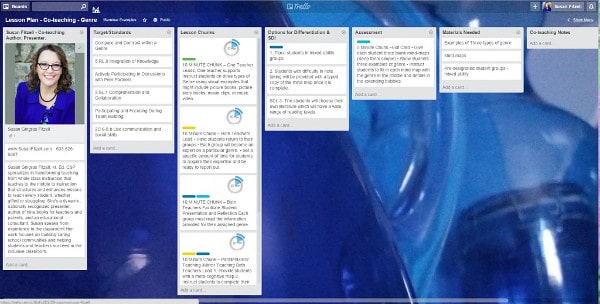When implemented appropriately, co-teaching can be a very powerful tool that helps educators reach out to all students in the classroom. Unfortunately, while most teachers are aware of the multiple benefits of the technique, few actually do it properly. Perhaps the most common reason why co-teaching fails to obtain desired results stems from the difficulty that educators have making the most of co-planning opportunities. For the BEST co-planning idea of the century, read to the bottom!
Co-planning is a critical component of co-teaching
More often than not, when teachers have some spare time on their hands, they prefer to use it to correct tests, do some paperwork, or even complain about that certain student. Little do they realize that co-planning, meaning the time they spend organizing their schedule with the other teacher, can help them transform co-teaching from a daunting and challenging task into a rewarding and genuinely fun activity.
 According to advocates of co-teaching, it doesn’t really take more than one hour per week to plan a lesson, provided that both co-teachers attend the planning session with their parts of the lesson sketched out. Then, you can use most of the time establishing the most suitable adaptations and accommodations for your students.
According to advocates of co-teaching, it doesn’t really take more than one hour per week to plan a lesson, provided that both co-teachers attend the planning session with their parts of the lesson sketched out. Then, you can use most of the time establishing the most suitable adaptations and accommodations for your students.
Keep in mind that the modifications and plans you sketch for certain lessons will not necessarily work with other classes or courses. Therefore, make a habit of meeting regularly with your co-teaching partner to revisit the initial lesson plan and make adjustments when necessary. Entering these discussions with some ideas for change is always a good idea.
Reaping the most benefits from your co-planning time
In cases where you are often asked to participate in meeting or tend to other responsibilities, remember that it is legitimate to request that your co-planning time not be sacrificed and only used for co-planning. Speak up if such issues arise. Take note that effective co-planning is not all about freeing up your agenda and meeting up with the other educator, but also involves drawing up a plan on how to make the most of that time.
In all fairness, if you don’t establish an agenda for these meetings, then chances are you’ll get sidetracked by details or other discussions. To avoid wasting precious time, you should first establish the targets of the lessons and the materials each of you should bring to class. Once these aspects are clear, you can use the rest of your co-planning time to discuss methods of instructional delivery and assessment strategies.
Many co-teaching teams don’t get common planning time so, when the school provides the time to co-plan your lessons, make the best of it and focus only on planning. Focus on your plan for the lesson, your presentation methods, and ways to reach all the students in your class.
Co-Planning in the Cloud
More and more co-teachers are planning in the cloud. Many use online portals specific to their district. Some plan using Google Drive and Google Apps such as Documents and Google Slides. My favorite, and best, solution is using a combination of Google Drive apps, Dropbox, and TRELLO! First sign up for Trello and create a free account. Here are a couple examples that you can copy into your Trello account and use as a model:
And this one!
What strategies do YOU use to make the most of co-planning time?
Share your ideas in the comments section below and let’s discuss ways to be successful!

Bring Susan to your campus!
Featured seminar – Co-teaching and Collaboration



